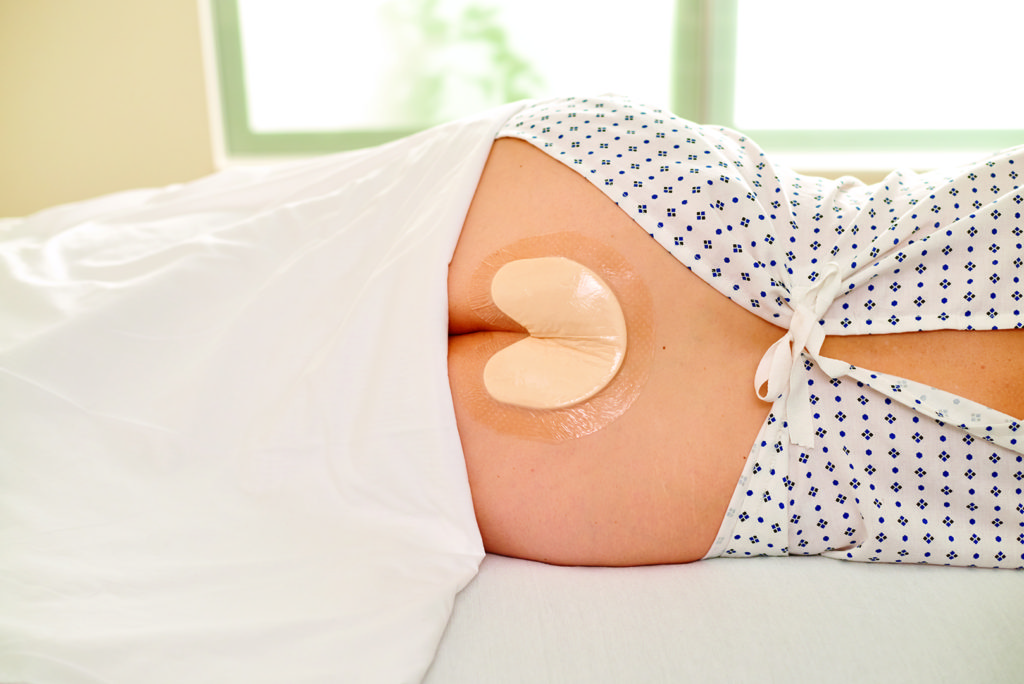
When you think of pressure ulcers (PU), also known as pressure injuries (PI), you may not think of the OR. However, surgery-related pressure injuries may account for as much as 45% of all hospital-acquired pressure ulcers (HAPUs)1. While the prevalence rate is higher (8.5%) among patients who undergo surgical procedures longer than 3 hours1, all surgical patients should be considered at risk for pressure ulcers.
Pressure injuries typically occur due to two different challenges: 1. higher pressure for shorter periods of time and 2. low pressure for longer periods. Perioperative patients are especially prone to deep tissue pressure injuries, caused by prolonged pressure and shear force, as well as medical device related pressure injuries resulting from intense and/or prolonged pressure and shear forces at the bone-muscle interface2.
To address these challenges, perioperative departments should develop strategic plans to prevent pressure ulcers. The plan should include several considerations for reducing pressure ulcers:
1. Understanding the risk factors that may predispose a patient to a pressure ulcer
Incontinence, sepsis, number of hours beyond 120 minutes in surgery, and decreased temperature were significant predictors of pressure injuries. Different phases of care may also play a role3. Utilize the American Society of Anesthesiologists (ASA) Physical Status Classification System to assess patient risk factors. Then, consider extrinsic factors such as support surfaces, type of surgery, and friction/shearing associated with transfers and positioning.
2. Medical device selection
Medical devices should be taken into consideration prior to positioning patients. Understand if the device(s) will create more pressure, friction or shear during the procedure. Do not position a patient directly on top of a medical devices unless it is unavoidable.
3. Protective dressings and support surfaces
In general, a pressure redistribution device should be used for all surgical patients. In addition, prophylactic dressings can help protect bony prominences from friction and shear4 and should be considered in relation to the position.
4. Proper positioning
The National Pressure Injury Advisory Panel suggests to “Position the individual in such a way as to reduce the risk of pressure injury development during the surgery by distributing pressure over a larger body surface area and offloading bony prominences.” This will help lead to prevention of deep tissue injuries due to direct pressure from positioning, splints, and medical devices4.
5. Communication and assessment
Both pre- and post-operative assessments are key, as is communication among the teams doing the assessments since PIs could take up to 72 hours after surgery to develop.
These considerations, along with understanding the pressure points for common procedures, will help clinicians properly redistribute pressure, offload and protect bony prominences from pressure, fiction and shear in the OR.
References:
1 McNichol, L., Fencl, J., Gupta, S., & Haseeb, K. (2016). Pressure Ulcers: Factors Contributing to Their Development in the OR. AORN J. 2016 Mar;103(3):271-81.
2 Walton-Gree, PS. Prevention of pressure ulcers in the surgical patient. AORN J. 2009 Mar;89(3):538-48; quiz 549-51. doi: 10.1016/j.aorn.2008.12.022
3 Engels D, Austin M, McNichol L, Fencl J, Gupta S, Kazi H. Pressure ulcers: factors contributing to their development in the OR. AORN J. 2016;103(3):271-281
4 National Pressure Ulcer Advisory Panel, European Pressure Ulcer Advisory Panel and Pan Pacific Pressure Injury Alliance. Prevention and Treatment of Pressure Ulcers: Clinical Practice Guideline. Emily Haesler (Ed.). Cambridge Media: Osborne Park, Western Australia; 2014

